Home>diy>Building & Construction>What Are Swales In Construction
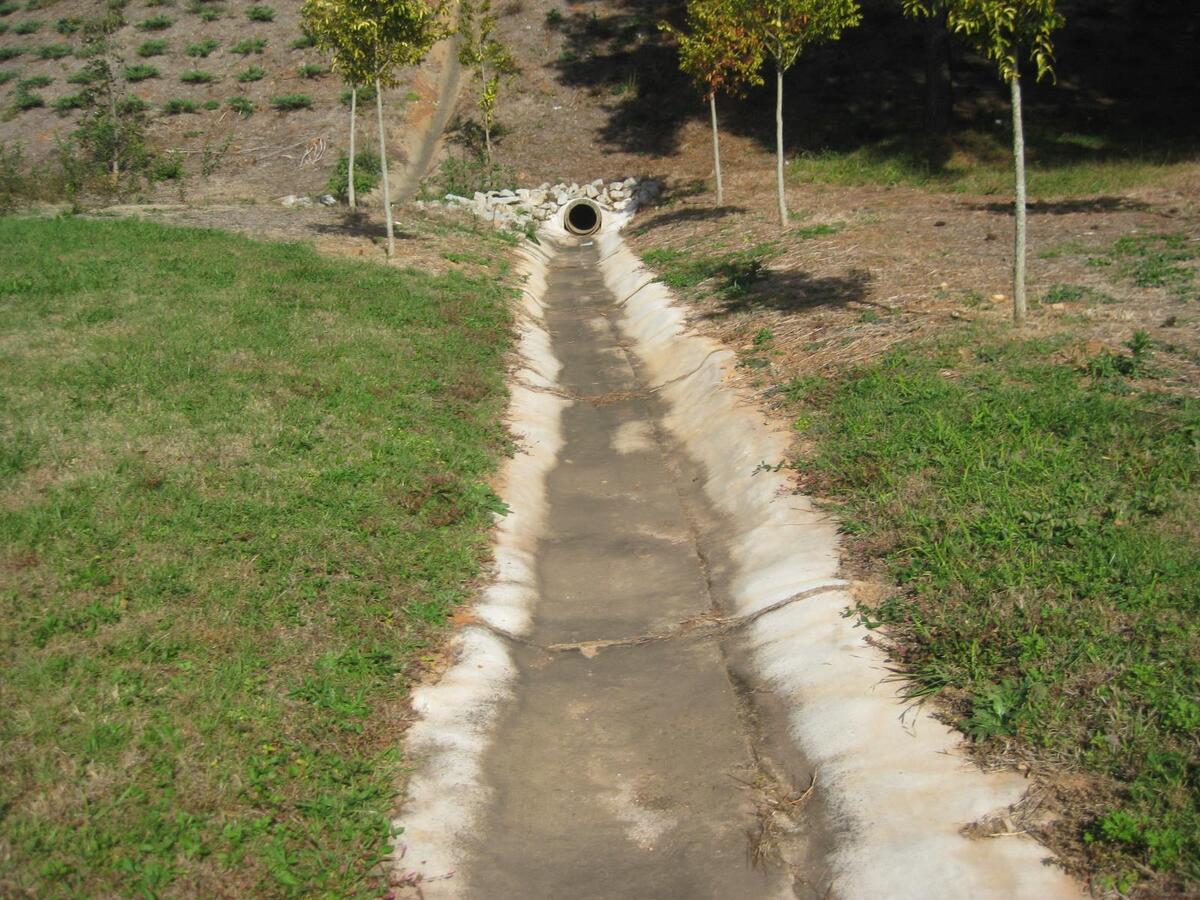

Building & Construction
What Are Swales In Construction
Modified: December 7, 2023
Learn about swales in construction and how they are used in building construction. Explore the benefits and importance of swales for effective water management.
(Many of the links in this article redirect to a specific reviewed product. Your purchase of these products through affiliate links helps to generate commission for Storables.com, at no extra cost. Learn more)
Introduction
Welcome to the world of construction, where innovative techniques and strategies constantly evolve to create more sustainable and efficient building practices. In this ever-growing field, one concept that has gained significant attention is the use of swales in construction. Swales, also known as bioswales or vegetated swales, are features extensively utilized in civil and environmental engineering projects.
At its core, a swale is a shallow, sloped channel created to manage and control the flow of stormwater runoff. It acts as a natural drainage system, designed to capture, filter, and retain water runoff from rainfall or snowmelt. These environmentally-friendly structures are not only functional but also visually appealing, adding aesthetic value to the surrounding landscape.
The concept of swales has its origins in ancient agricultural practices, where similar landscape features were used to control erosion and retain water for crops. Today, swales have been modified and adapted to meet the specific needs of construction projects, while simultaneously addressing environmental concerns.
This article aims to provide a comprehensive understanding of swales in construction. We will explore their definition, purposes, types, environmental benefits, construction and maintenance techniques, applicati
Key Takeaways:
- Swales in construction are engineered channels that effectively manage stormwater runoff, improve water quality, and enhance the aesthetic appeal of the landscape, contributing to sustainable and resilient built environments.
- The diverse applications of swales in construction, from urban parks to industrial facilities, showcase their versatility in managing stormwater and promoting environmental sustainability, making them valuable tools for builders worldwide.
Read more: What Is Pre-Construction In Construction
Definition of Swales in Construction
In the construction industry, swales refer to engineered channels or depressions designed to manage stormwater runoff effectively. They are typically shallow and have a gentle slope to encourage the flow of water. Swales are created with the purpose of controlling the rate and volume of stormwater runoff, preventing erosion, and filtering pollutants.
Swales work by slowing down and redirecting stormwater to a desired location, such as a detention pond or a natural watercourse. They are often lined with vegetation and vegetation filter strips, which help in enhancing the water treatment process by removing sediment, nutrients, and other contaminants present in the runoff.
Swales can be either vegetated or non-vegetated, depending on the project requirements and site conditions. Vegetated swales, also known as bioswales, are channels that contain a specific mix of grasses, shrubs, or other plants. These vegetation types have deep root systems that aid in soil infiltration and water absorption, thereby reducing the volume of stormwater runoff. Non-vegetated swales, on the other hand, are typically used in situations where vegetation is not feasible or necessary.
It is important to note that swales should be designed and constructed in accordance with local regulations and best practices to ensure their effectiveness and longevity. Proper planning and design considerations are crucial to ensure that swales meet their intended purpose and integrate seamlessly with the surrounding landscape.
Overall, swales in construction serve as an environmentally-friendly and sustainable solution for effectively managing stormwater runoff. They play a crucial role in ensuring the long-term resilience and sustainability of construction projects while minimizing the impact on the environment.
Purpose of Swales in Construction
Swales in construction serve a multitude of purposes, all aimed at effectively managing stormwater runoff and reducing its impact on the surrounding environment. Let’s take a closer look at the key purposes of swales:
- Stormwater Management: One of the primary purposes of swales is to manage and control stormwater runoff. During heavy rainfall or snowmelt, swales help to slow down the flow of water, allowing it to infiltrate into the ground and be absorbed by vegetation. This reduces the volume and velocity of stormwater runoff, preventing flooding and erosion.
- Water Quality Improvement: Swales play a vital role in improving water quality by acting as natural filters. As stormwater flows through the swale, vegetation and filter strips remove sediment, pollutants, and excess nutrients, such as phosphorus and nitrogen, from the runoff. This helps in preventing these contaminants from entering water bodies and reduces the adverse effects on aquatic ecosystems.
- Erosion Control: By channeling and slowing down the flow of stormwater, swales effectively control erosion. They prevent the excessive scouring of soil and the washing away of sediment into nearby water bodies. The vegetation and root systems in the swales further stabilize the soil, preventing erosion and the loss of valuable topsoil.
- Flood Mitigation: Swales act as natural flood mitigation measures by providing temporary storage and retention of stormwater. During heavy rainfall events, swales temporarily hold excess water, allowing it to slowly infiltrate into the ground or enter the drainage system at a controlled rate. This helps in reducing the risk of localized flooding and reduces the burden on traditional stormwater infrastructure.
- Enhancing Landscape Aesthetics: Swales have the potential to enhance the visual appeal of a construction project by incorporating natural and green elements. The presence of vegetated swales adds beauty and biodiversity to the landscape, creating a more inviting and harmonious environment for occupants and visitors.
In summary, the purpose of swales in construction is to provide effective stormwater management, improve water quality, control erosion, mitigate floods, and enhance the overall aesthetics of the project. By incorporating swales into construction designs, builders can achieve sustainable and environmentally-friendly outcomes while ensuring the long-term resilience of the built environment.
Types of Swales in Construction
Swales in construction can take various forms, each designed to cater to specific project requirements and site conditions. Let’s explore some common types of swales:
- Vegetated Swales: Also known as bioswales, vegetated swales are the most common type of swales used in construction projects. They are designed to mimic natural systems and are lined with vegetation, such as grasses, shrubs, or native plants. Vegetated swales enhance stormwater infiltration and filtration by utilizing the root systems of plants to capture sediment, filter pollutants, and absorb excess nutrients, while slowing down the flow of water.
- Stone-lined Swales: Stone-lined swales are typically used in situations where vegetation is not feasible or desired. These swales are lined with a layer of stones or gravel, which aid in slowing down the flow of stormwater, promoting infiltration, and preventing erosion. The stones also act as a filtering medium to remove sediment and pollutants from the runoff.
- Concrete-lined Swales: Concrete-lined swales are constructed using precast or cast-in-place concrete channels. They are often used in urban areas or high-traffic sites where aesthetics and durability are important factors. Concrete-lined swales provide effective stormwater management, erosion control, and water quality improvement.
- Grass-lined Swales: Grass-lined swales are similar to vegetated swales, but they are specifically designed to promote the growth of grass. The grass acts as a natural filter, trapping sediment and pollutants, while also facilitating the infiltration of stormwater. Grass-lined swales are commonly used in residential areas, parks, and recreational spaces.
- Combination Swales: Combination swales integrate different features and materials to optimize stormwater management. For instance, a combination of vegetation and stone lining can be used to enhance filtration and erosion control. These swales are often customized to meet specific project requirements and site conditions.
It is important to consider factors such as site conditions, slope, soil type, and anticipated rainfall intensity when selecting the appropriate type of swale for a construction project. Proper design and construction techniques are essential to ensure the effectiveness and longevity of the selected swale type.
By incorporating various types of swales, construction projects can achieve comprehensive stormwater management, erosion control, and water quality improvement. These swales not only serve functional purposes but also contribute to the visual appeal and sustainability of the project.
Environmental Benefits of Swales in Construction
The use of swales in construction offers numerous environmental benefits, making them a sustainable and eco-friendly solution for managing stormwater runoff. Let’s explore some of the key environmental benefits of swales:
- Stormwater Management: Swales are highly effective in managing stormwater runoff. By slowing down the flow of water and promoting infiltration, swales reduce the volume of stormwater entering traditional stormwater systems, such as drains or sewers. This reduces the risk of overwhelming the system, preventing combined sewer overflows and the contamination of water bodies with pollutants.
- Water Quality Improvement: Swales play a crucial role in improving water quality. As stormwater flows through the swale, the vegetation and filter media within the swale trap sediment and filter pollutants. This natural filtration process helps remove pollutants such as heavy metals, oil, fertilizers, and bacteria, improving the quality of water before it reaches water bodies. Swales also act as a buffer, preventing erosion and reducing the transport of pollutants into streams, rivers, and lakes.
- Retention and Recharge of Groundwater: Swales promote the recharge of groundwater by allowing stormwater to infiltrate into the ground. This helps replenish underground aquifers, ensuring a sustainable water supply. By retaining and slowly releasing stormwater, swales also help replenish the water table and maintain baseflow in streams, preventing the drying up of watercourses during dry periods.
- Biodiversity and Habitat Creation: The incorporation of vegetation in swales promotes biodiversity and creates habitats for various plant and animal species. The diverse plant species in the swale provide food and shelter for insects, birds, and other wildlife. This enhances the ecological value of the construction site, contributing to the overall health and balance of local ecosystems.
- Reduced Urban Heat Island Effect: Swales with vegetation help mitigate the urban heat island effect, which is the phenomenon where urban areas experience higher temperatures compared to surrounding rural areas. The vegetation in swales provides shade and evaporative cooling, reducing the ambient temperature. This contributes to a more comfortable and sustainable urban environment.
In addition to these environmental benefits, swales also offer aesthetic value to construction projects. The incorporation of green spaces and natural elements enhances the visual appeal and creates a more pleasant environment for residents, workers, and visitors.
Overall, the environmental benefits of swales make them a valuable tool in sustainable construction practices. Employing swales helps mitigate the adverse impacts of stormwater runoff, improves water quality, promotes groundwater recharge, supports biodiversity, and enhances the ecological balance of the surrounding area. By embracing swales, construction projects can align with environmental conservation and contribute to building a greener and more resilient future.
When constructing swales, ensure proper grading to direct water flow, use erosion-resistant materials, and consider incorporating vegetation for added stability and water absorption.
Read more: What Is Construction
Construction and Maintenance of Swales
The successful construction and maintenance of swales are crucial to ensure their optimal performance in managing stormwater runoff. Let’s dive into the key aspects of constructing and maintaining swales:
Construction:
1. Site Evaluation and Design: Before constructing a swale, a thorough site evaluation is essential. Factors such as soil composition, slope, drainage patterns, and anticipated rainfall intensity should be considered. The swale should be designed to suit the specific needs and conditions of the site, ensuring efficient stormwater management.
2. Excavation and Grading: The construction process begins with excavating a shallow, gently sloping channel along the desired path of the swale. The slope should be sufficient to promote the flow of water while preventing erosion. The excavated soil is typically used to create berms or raised edges along the swale to contain and guide the water flow.
3. Lining: Depending on the type of swale, lining options include vegetation, stones, or concrete. Vegetated swales require soil amendments and the planting of appropriate grasses, shrubs, or other vegetation. Stone-lined swales use gravel or stone materials to provide stability and filtration. Concrete-lined swales are constructed using precast or cast-in-place concrete channels.
4. Inlet and Outlet Structures: Proper inlet and outlet structures are essential for the efficient function of the swale. Inlet structures, such as curb cuts or grated drains, capture incoming stormwater and direct it into the swale. Outlet structures, such as weirs or level spreaders, help control the flow of water and ensure proper discharge.
Maintenance:
1. Regular Inspections: Routine inspections are crucial to monitor the condition of the swales. Regularly check for signs of erosion, blockages, vegetation overgrowth, or damage to inlet and outlet structures. Inspection frequency may vary depending on factors such as climate, site characteristics, and vegetation growth rates.
2. Vegetation Management: For vegetated swales, ongoing vegetation management is necessary. This includes regular mowing, pruning, and removal of weeds to maintain optimal functionality. Dead or diseased plants should be replaced, and any invasive species should be controlled to preserve the integrity of the swale ecosystem.
3. Sediment and Debris Removal: Sediment and debris accumulation can impede the flow of water and reduce the efficiency of the swale. Regularly remove accumulated sediment and debris from the swale to ensure proper functioning. This can be done manually or by using appropriate equipment.
4. Monitoring Water Quality: Periodically test the water quality within the swale to assess its effectiveness in filtering pollutants. This can involve measuring factors such as turbidity, sediment levels, and nutrient concentrations. Adjustments or maintenance activities may be required based on the results to optimize water quality improvement.
5. Repair and Restoration: Address any signs of erosion, structural damage, or vegetation decline promptly. Repair damaged inlet and outlet structures, stabilize eroded areas, and replant vegetation as necessary. Regular maintenance and repair ensure the longevity and functionality of the swale.
By following proper construction methods and implementing regular maintenance practices, swales can effectively manage stormwater runoff over the long term. Their ongoing success relies on careful monitoring, timely interventions, and a commitment to sustaining healthy vegetation and optimal water quality.
Applications of Swales in Construction
Swales have a wide range of applications in various construction projects, offering versatile solutions for stormwater management and environmental sustainability. Let’s explore some common applications of swales:
Residential and Commercial Developments: Swales are commonly used in residential and commercial developments to manage stormwater runoff from rooftops, driveways, parking lots, and other impervious surfaces. By integrating swales into the landscape design, these projects can effectively control erosion, prevent flooding, and improve water quality.
Highway and Road Projects: Swales play a vital role in highway and road construction, where the management of stormwater runoff is crucial. Swales are built along the roadside to capture and redirect stormwater, reducing the risk of road flooding and preventing erosion of the adjacent soil. They also serve as a natural buffer, filtering pollutants and improving water quality before it enters nearby water bodies.
Industrial and Warehouse Facilities: Industrial and warehouse facilities often have large impervious areas, which generate significant amounts of stormwater runoff. Implementing swales in these environments helps to manage stormwater, mitigate the strain on drainage systems, and reduce the impact on adjacent ecosystems. Swales can be designed to accommodate high runoff volumes and are cost-effective compared to conventional stormwater management techniques.
Parks and Recreational Spaces: Swales are valuable components of parks and recreational areas, providing both practical and aesthetic benefits. By incorporating swales into park design, stormwater can be effectively managed while creating attractive green spaces. Swales enhance natural drainage patterns, create opportunities for biodiversity, and provide educational opportunities for visitors to learn about sustainable stormwater management practices.
Educational and Institutional Facilities: Swales are commonly used in educational and institutional settings, such as schools, colleges, and universities. These projects often aim to showcase sustainable practices and promote environmental awareness. Swales serve as visible examples of responsible stormwater management, showcasing the benefits of natural filtration and water quality improvement.
Landscape Projects and Gardens: Swales are valuable features in landscape projects and gardens, helping to manage stormwater while adding visual appeal. Whether it’s a small-scale residential garden or a large public park, incorporating swales allows for the efficient drainage of rainwater, reducing the reliance on artificial irrigation systems and maintaining healthy plant growth. Swales can also create opportunities for rainwater harvesting and support sustainable gardening practices.
Green Infrastructure Projects: Swales are integral components of green infrastructure projects, which aim to mimic natural processes for managing stormwater and enhancing environmental sustainability. Swales complement other green infrastructure practices, such as rain gardens, permeable pavements, and green roofs, by providing a natural conveyance system for stormwater and contributing to the overall effectiveness of the green infrastructure network.
These applications of swales in construction demonstrate their versatility and importance in managing stormwater runoff and promoting sustainable development. By incorporating swales into various projects, builders can steer towards environmentally responsible practices, resulting in resilient and eco-friendly spaces for communities to enjoy.
Case Studies of Swales in Construction
As swales gain recognition as effective stormwater management tools, various construction projects have successfully implemented them. Here are a few notable case studies showcasing the benefits and applications of swales:
Case Study 1: The Highline, New York City
The Highline, an elevated linear park in New York City, transformed an abandoned railway into a lush green space. Part of the park’s design includes swales, which help manage stormwater runoff from the park’s pathways and vegetation. These vegetated swales not only enhance stormwater management but also provide an aesthetically pleasing environment for visitors. The incorporation of swales in The Highline demonstrates the successful integration of swales in a high-profile urban revitalization project.
Case Study 2: South Waterfront District, Portland
The South Waterfront District in Portland, Oregon, implemented a comprehensive stormwater management system that includes the use of swales. These bioswales line the streets and sidewalks, effectively managing stormwater runoff from the district’s buildings and streets. The swales improve water quality by filtering pollutants and reducing the flow of stormwater into the city’s combined sewer system. This project showcases how swales can be successfully integrated into an urban environment.
Case Study 3: Kailua Beach Park, Hawaii
Kailua Beach Park in Hawaii implemented a natural stormwater management system that includes the use of grass-lined swales. These swales capture and infiltrate stormwater runoff from the park’s parking lots, reducing the volume of water reaching the nearby Kailua Bay. The grass-lined swales effectively filter pollutants and help protect the water quality of the bay, benefiting both the marine ecosystem and recreational users of the beach.
Case Study 4: The Sustainable City, Dubai
The Sustainable City in Dubai, United Arab Emirates, is a groundbreaking development with a strong focus on sustainability. Swales are integrated throughout the community to effectively manage stormwater runoff and promote water conservation. These vegetated swales reduce the dependency on irrigation systems, conserve water, and contribute to the overall sustainability goals of the community. The Sustainable City project demonstrates the successful implementation of swales in a desert environment.
Case Study 5: Refresh Renovations, New Zealand
Refresh Renovations, a building renovation company in New Zealand, incorporated swales as part of their sustainable practices. By integrating swales into their construction projects, they effectively manage stormwater runoff and prevent erosion. The swales improve the overall sustainability of the renovations, showcasing how even small-scale projects can benefit from incorporating swales into their design.
These case studies highlight the successful implementation of swales in diverse construction projects, ranging from urban parks to residential and commercial developments. They demonstrate the effectiveness of swales in managing stormwater runoff, improving water quality, and enhancing sustainability. These examples serve as inspiration for future projects, encouraging the continued adoption of swales in construction practices worldwide.
Challenges and Considerations in Swale Construction
While swales offer numerous benefits in stormwater management, their construction involves certain challenges and considerations. It is important to address these factors to ensure the successful implementation of swales. Let’s explore some key challenges and considerations in swale construction:
- Site Conditions: Each construction site presents unique challenges. Factors such as soil type, slope, existing drainage patterns, and anticipated rainfall intensity must be carefully considered during the design phase. Swales should be properly aligned and graded to facilitate the flow of stormwater and prevent water pooling or erosion.
- Hydrological Analysis: Conducting a thorough hydrological analysis is essential to determine the appropriate size and design of the swale. Factors such as catchment area, rainfall volume, and duration of storms need to be considered to ensure that the swale can effectively manage the anticipated stormwater runoff.
- Maintenance Requirements: Swales require regular maintenance to ensure optimal functionality. Vegetated swales may require mowing, pruning, weeding, and replanting to prevent vegetation overgrowth or invasive species. Regular inspections and sediment removal are necessary to prevent clogging and maintain proper drainage capabilities. Adequate resources and planning for maintenance should be considered during the construction phase.
- Soil Erosion Control: Preventing soil erosion is crucial for the longevity and effectiveness of swales. For steep slopes or areas prone to erosion, additional erosion control measures such as geotextiles, erosion control blankets, or rock armoring may be necessary, particularly during the establishment phase of the swale. Proper erosion control measures should be implemented to protect the swale and surrounding areas from erosion damage.
- Proximity to Utilities: During swale construction, it is essential to consider the location of underground utilities such as water pipes, gas lines, and electrical cables. Proper mapping and coordination with utility companies are necessary to avoid damaging existing infrastructure. Swales should be planned and constructed with this consideration in mind to mitigate potential conflicts.
- Community Engagement: Construction projects involving swales may require community engagement and education to ensure understanding and support. Communicating the benefits of swales, addressing any concerns, and involving stakeholders in the planning process can help foster a sense of ownership and cooperation.
- Local Regulations: Swale construction should comply with local regulations and guidelines. Permitting, approvals, and compliance with stormwater management regulations must be carefully considered and adhered to during the design and construction phases. Collaboration with local regulatory authorities ensures that the swales meet the necessary standards and contribute to a sustainable and compliant project.
By addressing these challenges and considerations in swale construction, developers and construction teams can overcome potential obstacles and create effective and sustainable stormwater management systems. Careful planning, proper design, appropriate maintenance, and compliance with regulations are key to the successful implementation of swales in construction projects.
Read more: What Is A Construction Carpenter
Conclusion
Swales in construction have emerged as effective tools for managing stormwater runoff and promoting environmental sustainability. From residential developments to highway projects, swales offer versatile solutions to address the challenges of stormwater management while minimizing the impact on the surrounding ecosystem.
Through their design and construction, swales effectively slow down the flow of stormwater, filter pollutants, and promote infiltration. This helps prevent flooding, control erosion, and improve water quality, ultimately reducing the strain on traditional stormwater infrastructure and protecting natural water bodies.
Swales come in various types, from vegetated swales to stone-lined and concrete-lined swales, catering to different project requirements and site conditions. They can be implemented in residential and commercial developments, highway and road projects, as well as parks, schools, and other institutional facilities.
The environmental benefits of swales are numerous. They mitigate the urban heat island effect, create habitats for wildlife, conserve water, and enhance the overall sustainability and aesthetics of construction projects. Swales also contribute to building resilient and eco-friendly communities that prioritize stormwater management and environmental stewardship.
However, the successful implementation of swales requires consideration of various factors. Site conditions, hydrological analysis, maintenance requirements, erosion control, utility proximity, community engagement, and compliance with local regulations are essential considerations that should be addressed throughout the design, construction, and maintenance phases.
In conclusion, swales play a crucial role in sustainable construction practices by effectively managing stormwater runoff and promoting environmental stewardship. Their integration into construction projects brings numerous benefits, from improving water quality to enhancing the visual appeal of the landscape. By incorporating swales, construction professionals can contribute to the creation of resilient and environmentally-friendly built environments.
Frequently Asked Questions about What Are Swales In Construction
Was this page helpful?
At Storables.com, we guarantee accurate and reliable information. Our content, validated by Expert Board Contributors, is crafted following stringent Editorial Policies. We're committed to providing you with well-researched, expert-backed insights for all your informational needs.
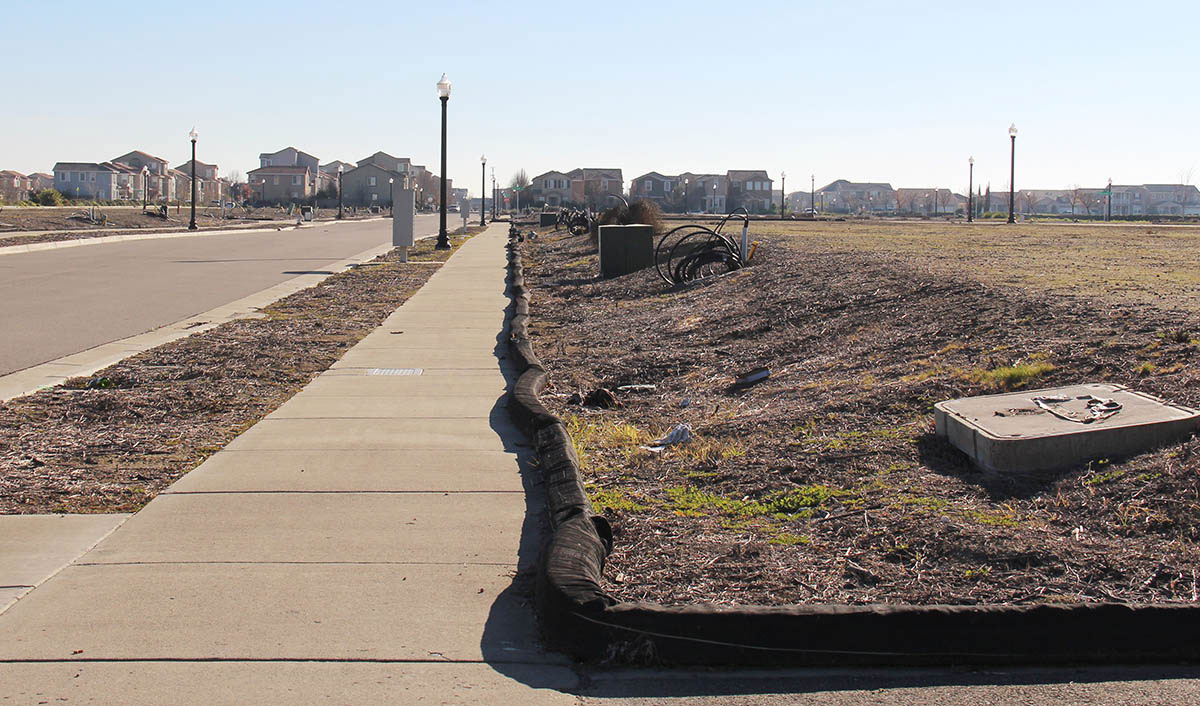
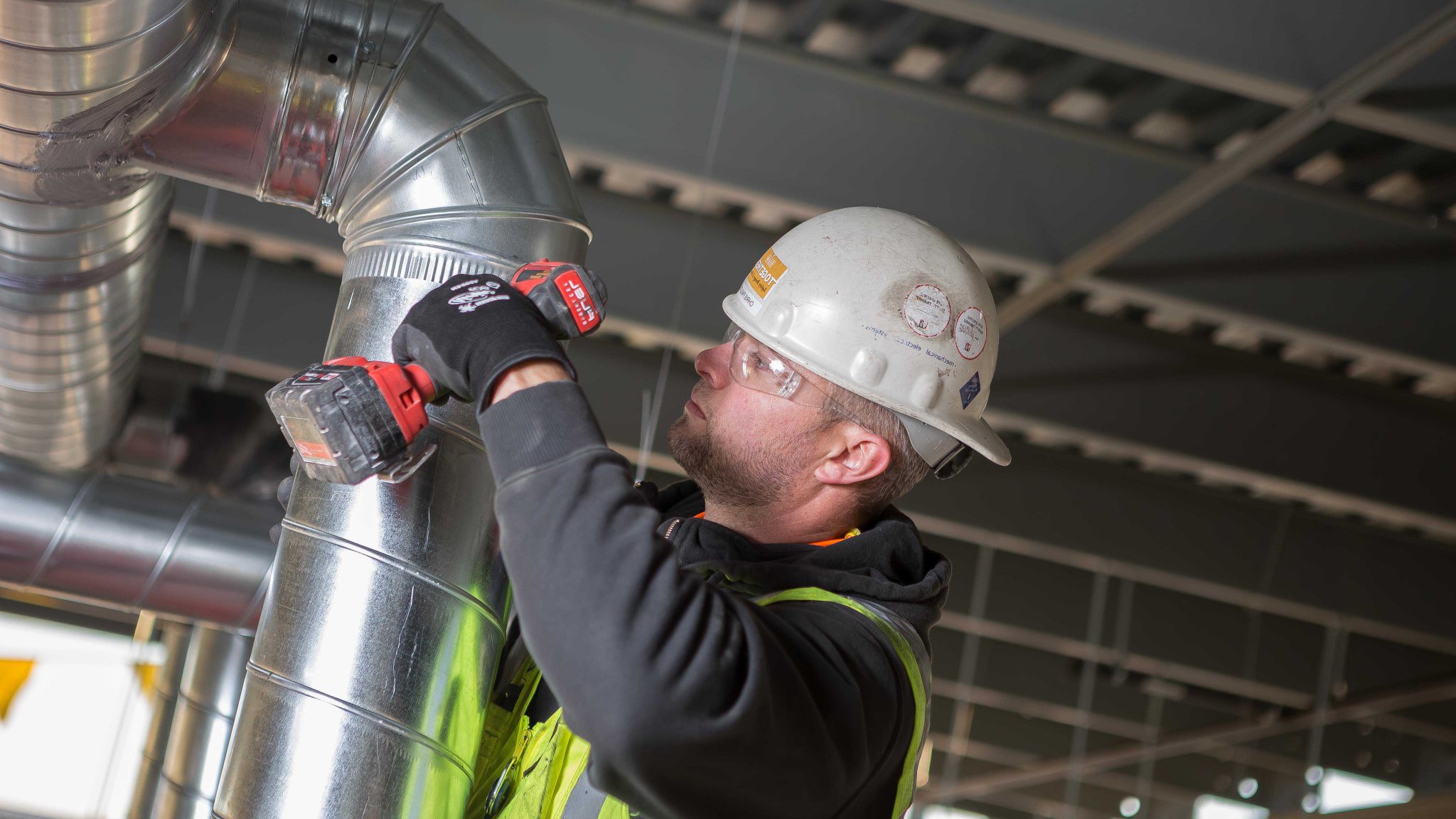
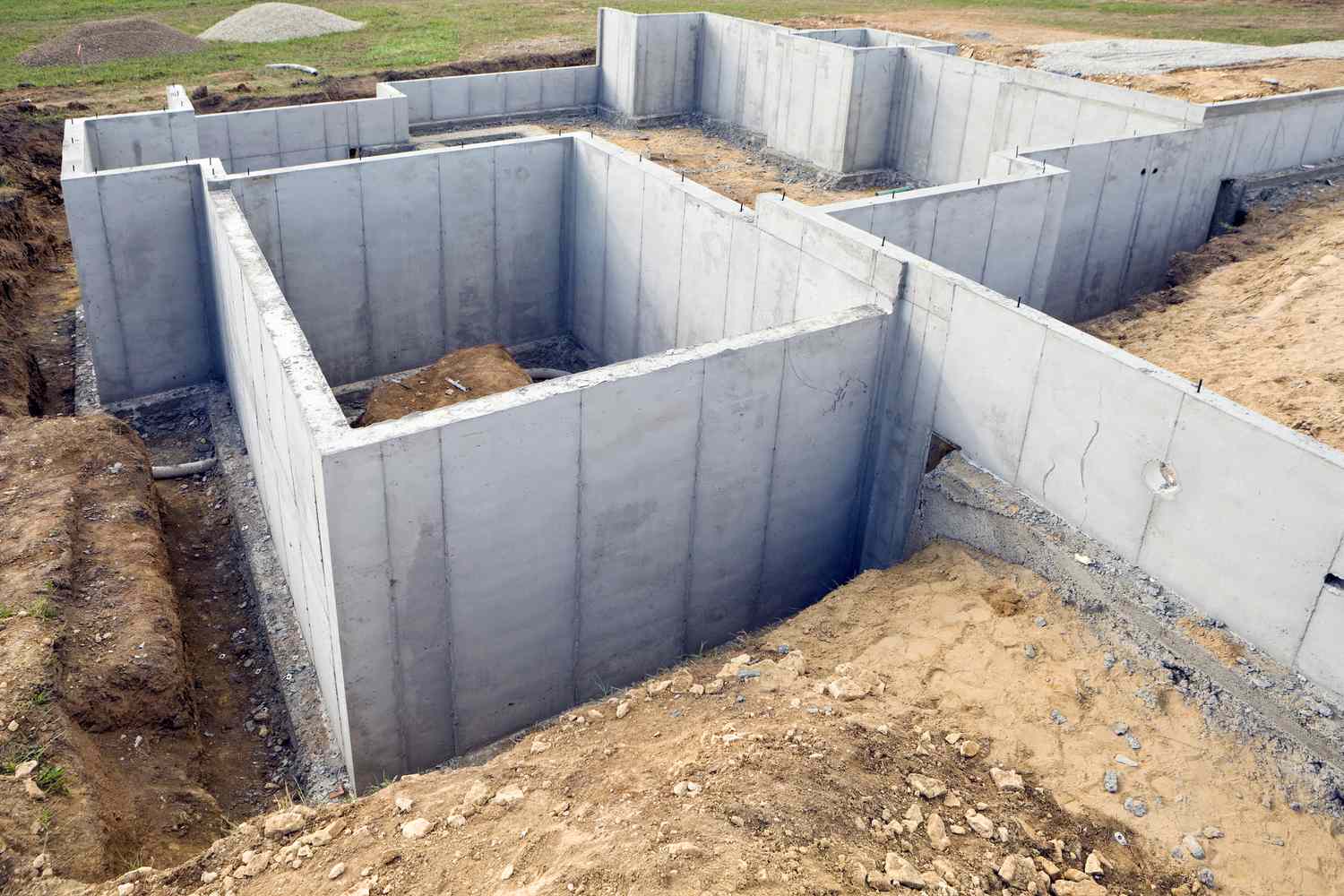
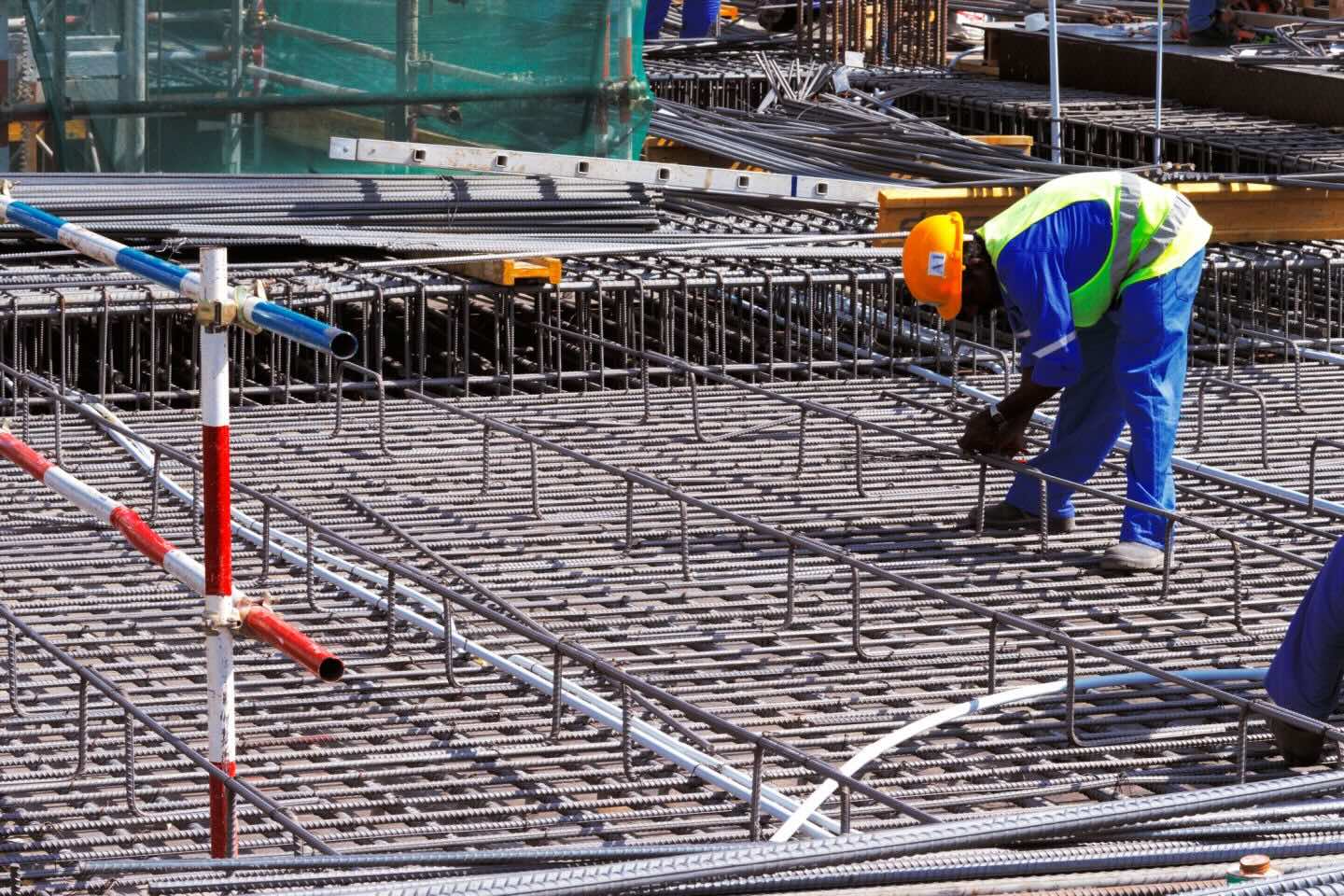
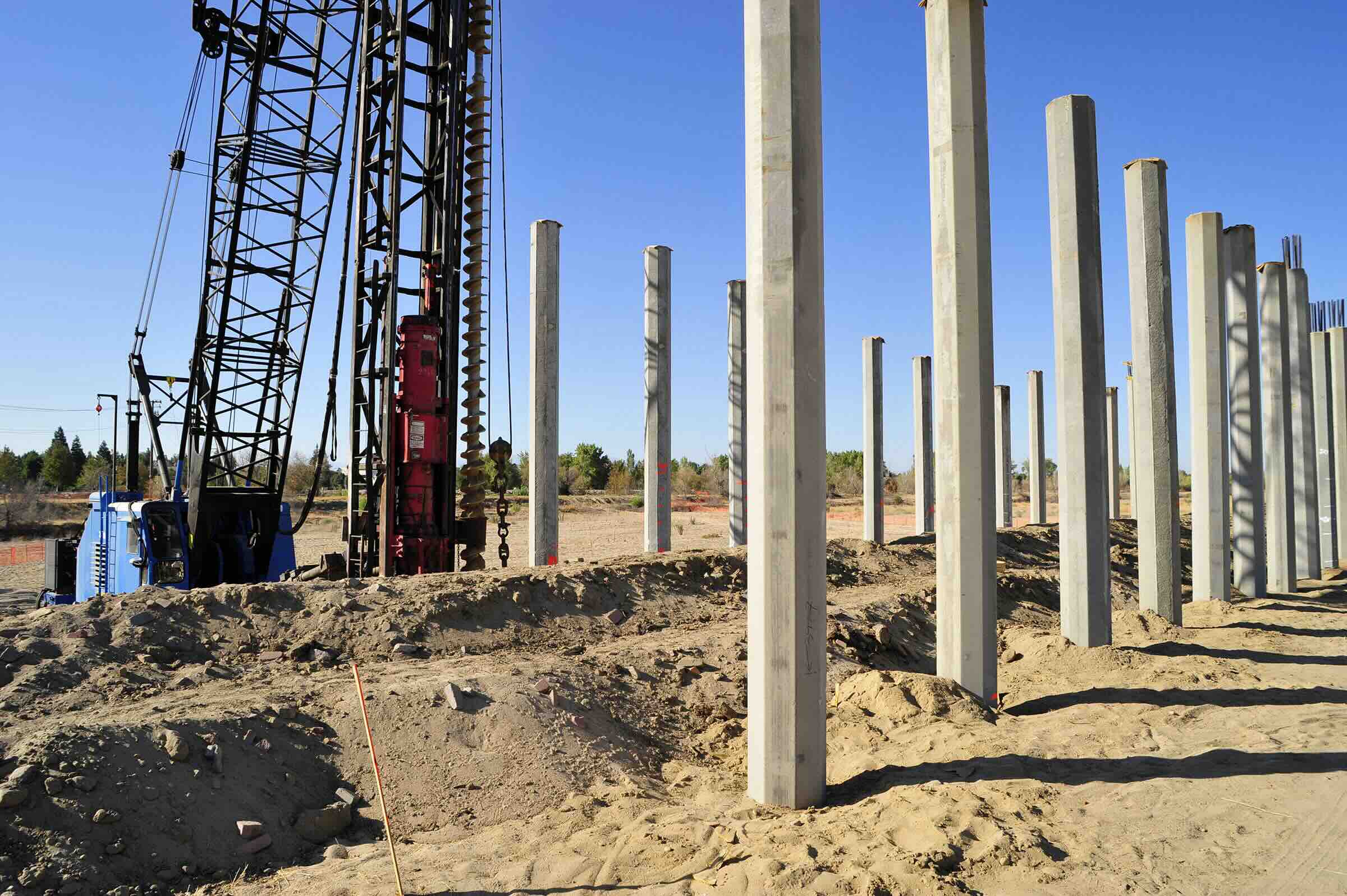

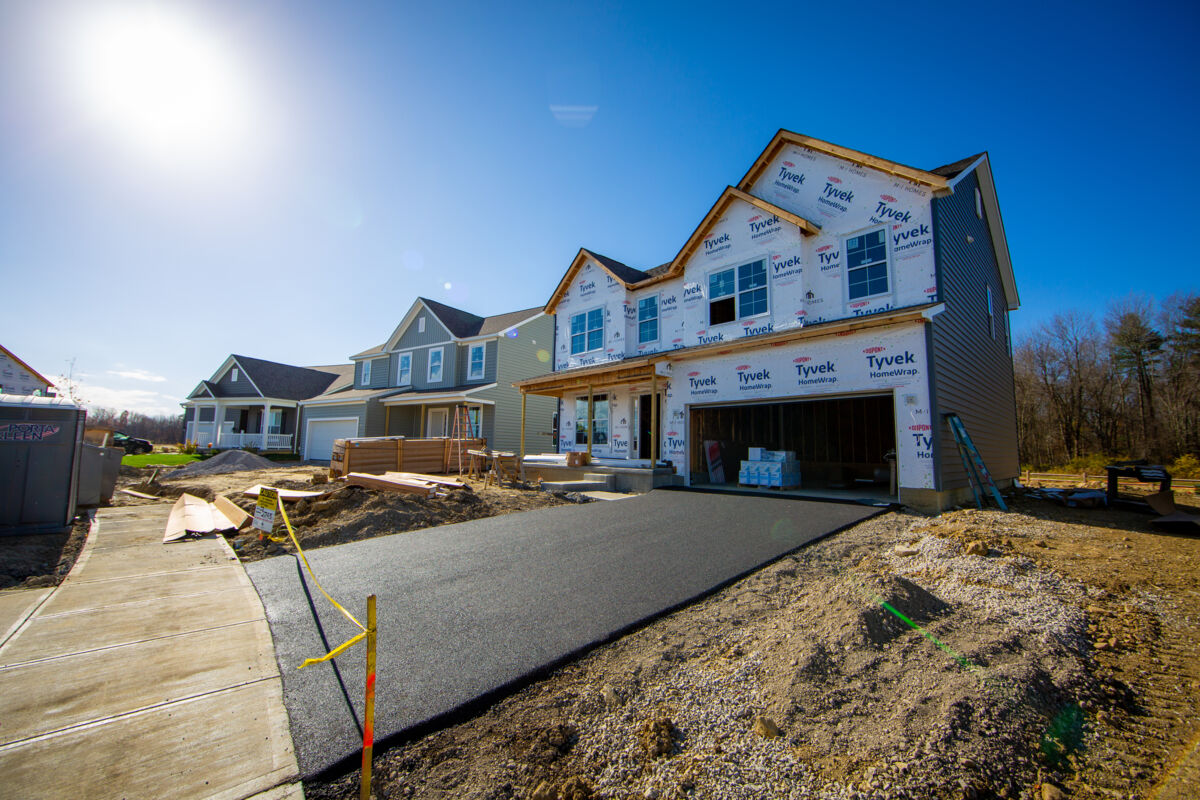
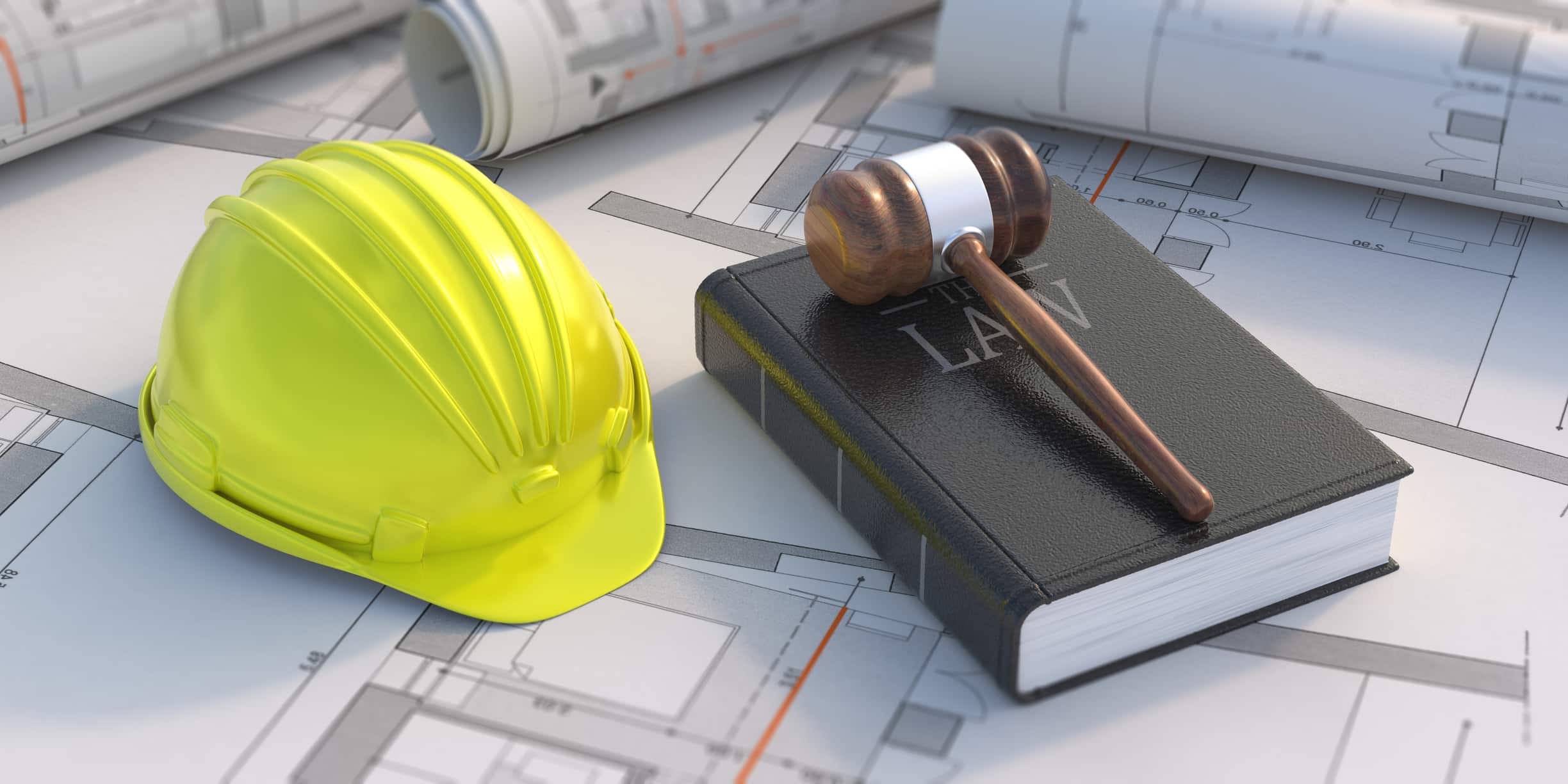



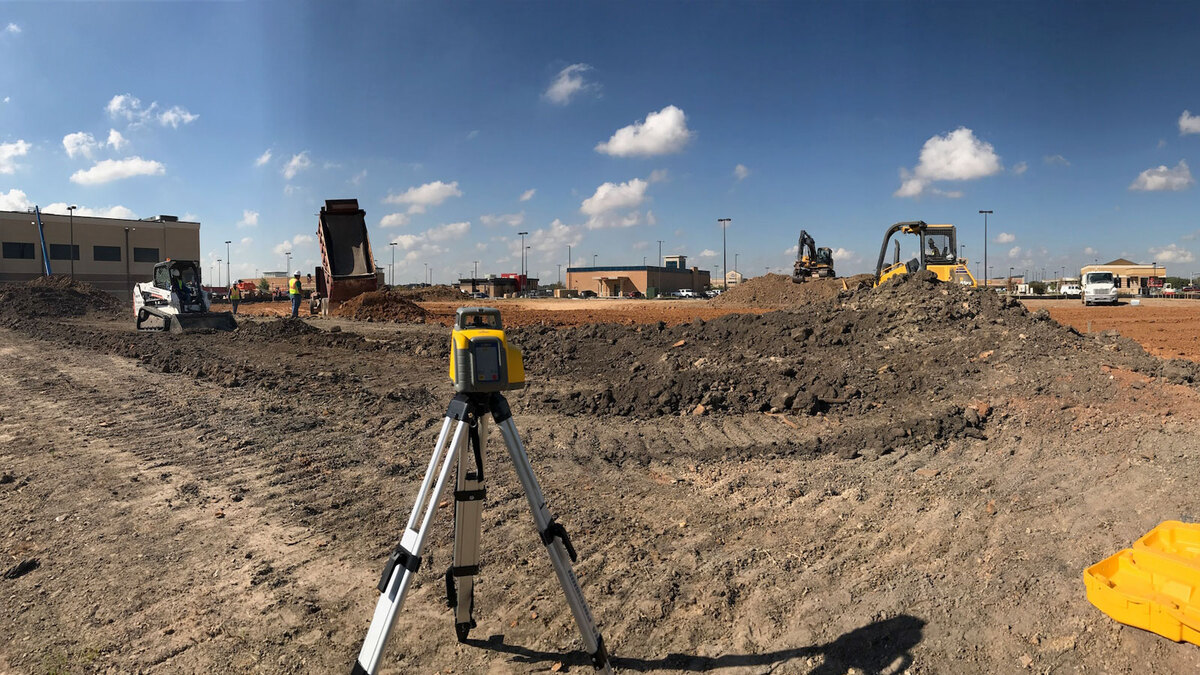
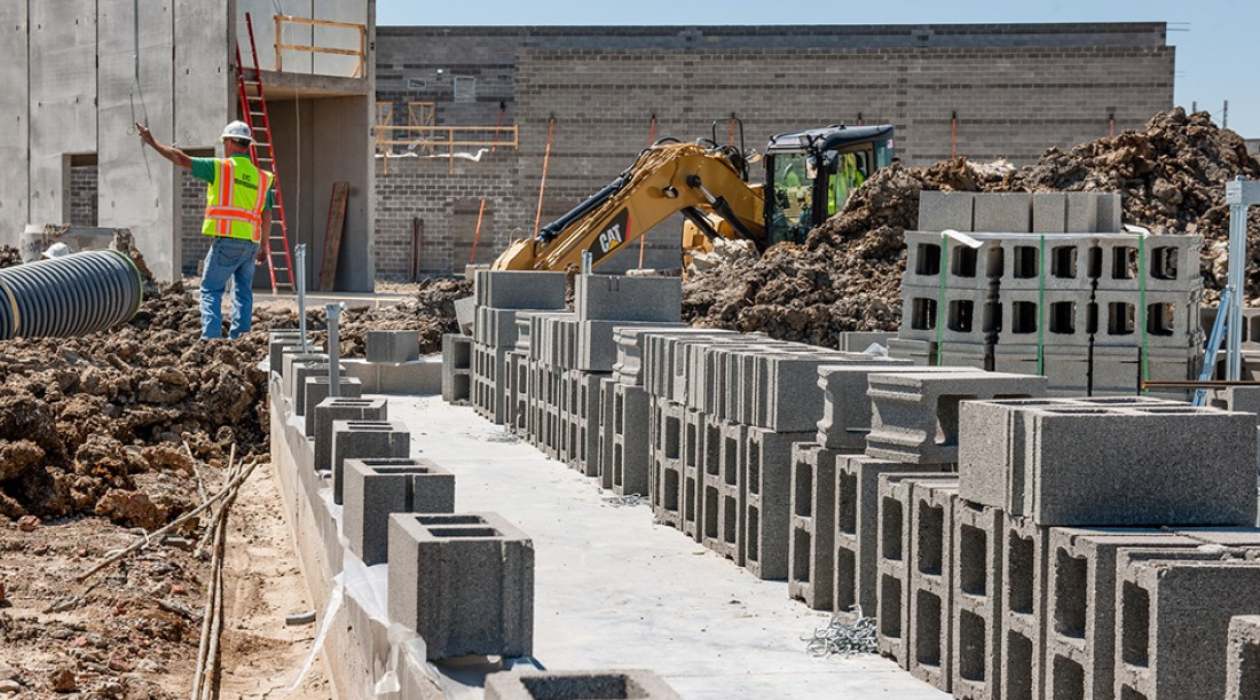

0 thoughts on “What Are Swales In Construction”